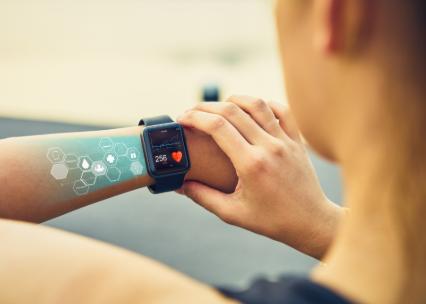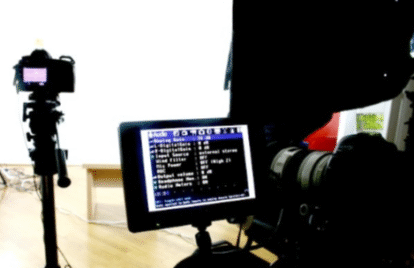Wearable technology is transforming healthcare monitoring by providing continuous access to vital health metrics. Devices like smartwatches and fitness trackers empower patients, fostering a more engaged approach to personal health management. This shift not only enhances patient responsibility but also equips healthcare providers with critical data for informed decision-making. As these technologies evolve, their integration into healthcare systems promises to reshape patient-provider dynamics and improve health outcomes in unprecedented ways. What could this mean for the future of medicine?
The Rise of Wearable Devices in Healthcare
As the demand for personalized healthcare solutions continues to grow, the rise of wearable devices has emerged as a transformative trend within the medical landscape.
Fitness trackers and smartwatches empower individuals to monitor their health proactively, facilitating remote consultations with healthcare providers.
This integration not only enhances patient engagement but also fosters a sense of autonomy, allowing users to take charge of their well-being like never before.
Read more: The Impact of Technology on the Film and Television Industry
Real-Time Monitoring and Data Collection
Real-time monitoring and data collection have become integral components of modern healthcare, significantly enhancing the ability to track patient health metrics continuously.
Wearable devices facilitate continuous tracking of vital signs, enabling healthcare professionals to utilize health analytics for timely interventions.
This shift empowers both patients and providers, fostering an environment where proactive management of health conditions becomes a reality, ultimately promoting overall well-being.
Enhancing Patient Engagement and Empowerment
Wearable technology serves as a catalyst for enhancing patient engagement and empowerment in healthcare.
By facilitating patient education and promoting self-management, these devices enable individuals to take charge of their health. Users can monitor vital signs, receive tailored feedback, and access resources that encourage informed decision-making.
This dynamic interaction fosters a sense of ownership, ultimately leading to improved health outcomes and patient satisfaction.
Future Trends in Wearable Health Technology
While the current landscape of wearable health technology is already transforming patient care, emerging trends promise to further revolutionize this field.
Innovations such as smart textiles will enable seamless integration of health monitoring into daily clothing.
Coupled with predictive analytics, these advancements will empower individuals to anticipate health issues, fostering a proactive approach to wellness and enhancing personal autonomy in health management.
Conclusion
While wearable technology promises to revolutionize healthcare monitoring by empowering patients and enhancing provider interactions, it ironically places the onus of health management squarely on individuals who might lack the expertise to interpret their own data. As patients become more engaged, one must wonder: are they truly taking control of their health, or merely becoming data collectors for a system that still struggles to integrate this wealth of information effectively? The future of healthcare might just depend on bridging that critical gap.




 The Role of Technology in Enhancing Public Safety
The Role of Technology in Enhancing Public Safety